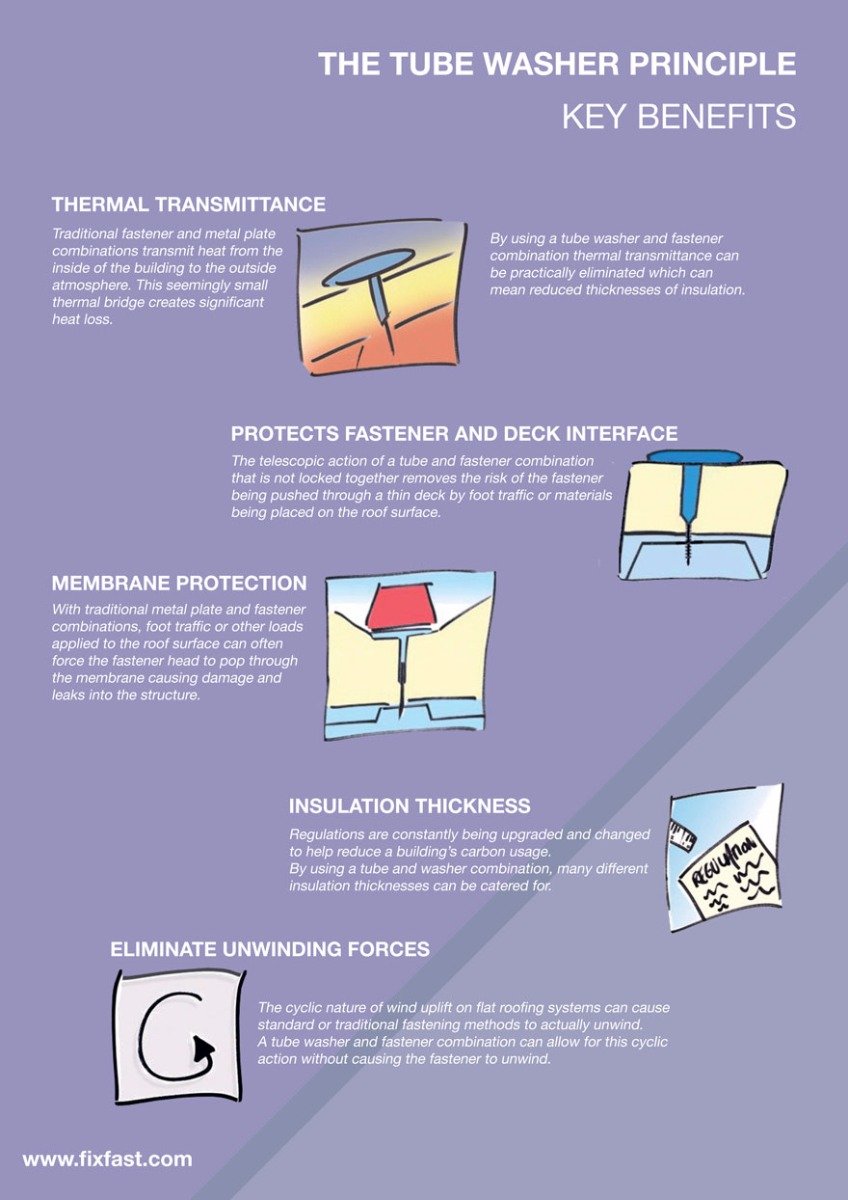Forgeting Roof Covering Air Flow Can Lead To Pricey Damage; Uncover Necessary Factors That Guarantee An Effective Installation And Protect Your Investment
Forgeting Roof Covering Air Flow Can Lead To Pricey Damage; Uncover Necessary Factors That Guarantee An Effective Installation And Protect Your Investment
Blog Article
Published By-Thorpe Walls
When you're tackling a roof job, you could not think much concerning roof covering ventilation, however it's more crucial than you understand. Effective air flow aids control temperature level and moisture in your attic room, preventing troubles like mold and mildew and structural damage. By recognizing how to create and install a well balanced ventilation system, you can enhance energy performance and prolong the lifespan of your roof covering products. So, what are the essential aspects to take into consideration during setup that can make all the difference?
Significance of Roofing Ventilation
Roof covering ventilation plays a crucial function in maintaining the general wellness of your home. By permitting fresh air to circulate via your attic, it assists regulate temperature level and moisture levels. This equilibrium is vital to stop warm accumulation during hot months, which can bring about raised energy expenses as your cooling burns the midnight oil.
Moreover, appropriate air flow considerably decreases the danger of moisture-related issues like mold and mildew. If moisture degrees rise, your home's architectural integrity can be compromised, causing pricey repair services. You wouldn't want to deal with decaying timber or distorted roofing materials, right?
Furthermore, ample ventilation expands the life-span of your roofing system. When warm and dampness are kept in check, your roof can perform optimally, preventing premature wear and tear. This means fewer migraines and expenses down the line.
Exactly How Roof Covering Ventilation Works
Effective roofing ventilation counts on the natural motion of air to create an equilibrium between intake and exhaust. When you mount vents, you're basically allowing fresh air to enter your attic room while allowing warm, stale air to get away. This process aids control temperature and dampness degrees, preventing issues like mold and mildew development and roof covering damages.
Intake vents, commonly located at the eaves, reel in cool air from outdoors. At https://metal-roofing-sheets06173.blogripley.com/33872300/identifying-standard-roof-troubles-in-your-residence , exhaust vents, located near the ridge of the roofing system, let hot air increase and leave. The distinction in temperature level produces a natural air movement, called the stack result. As cozy air rises, it produces a vacuum that draws in cooler air from the reduced vents.
To optimize this system, you need to ensure that the intake and exhaust vents are effectively sized and placed. If the consumption is restricted, you will not accomplish the desired ventilation.
Also, not enough exhaust can trap warmth and wetness, bring about potential damages.
Key Installment Factors To Consider
When installing roofing ventilation, a number of essential considerations can make or damage your system's efficiency. Initially, you require to analyze your roofing system's style. The pitch, shape, and materials all influence air flow and air flow option. See to it to pick vents that fit your roof covering type and regional environment problems.
Next off, consider the positioning of your vents. Ideally, you'll want a balanced system with consumption and exhaust vents positioned for optimum air movement. Area intake vents short on the roof covering and exhaust vents near the top to urge an all-natural flow of air. This setup helps stop dampness buildup and advertises power performance.
Do not forget insulation. Proper insulation in your attic room avoids heat from getting away and keeps your home comfortable. click here for more info that insulation doesn't obstruct your vents, as this can hinder air movement.
Last but not least, think of upkeep. Select roofing companies san antonio, tx that are very easy to access for cleansing and examination. Regular maintenance guarantees your system remains to work effectively gradually.
Final thought
To conclude, roof covering ventilation is vital for a successful setup. By ensuring correct air movement, you can avoid heat accumulation and wetness issues that lead to expensive damages. When you tactically position consumption and exhaust vents, you improve power efficiency and lengthen the life-span of your roof. Bear in mind, a well-ventilated roof covering not only safeguards your financial investment however additionally enhances your interior air quality. So, prioritize ventilation to make sure a resilient and affordable roofing system for your home.
